Modern US M1A2 Tankcrew boresighting (included 3D printed M27a3 part)
18,20€
In stock

*Please check our Privacy Policies to see how to we use your personal data.
*Por favor revisa nuestra Política de Privacidad para ver como tratamos tus datos personales
ENGLISH
ESPAÑOL
- 1/35 Modern US Tank crew boresighting of M1 tank
- A tank crew of US Army/ Marines wearing coveralls boresighting for main gun zeroing
- Included 1 figure.
- Full 3D sculpting and Master production using 3D printing
- 3D printed M27A3 boresight part included
- The product is a resin product.
- Total 9 resin parts
- 1/35 Periódico moderno de la tripulación del tanque estadounidense del tanque M1
- Una tripulación de tanque del Ejército de los EE. UU. / Infantes de Marina con overoles que apuntan para la puesta a cero del arma principal
- Incluye 1 figura.
- Escultura en 3D completa y producción maestra mediante impresión 3D
- Pieza de puntería M27A3 impresa en 3D incluida
- El producto es de resina.
- Total de 9 piezas de resina




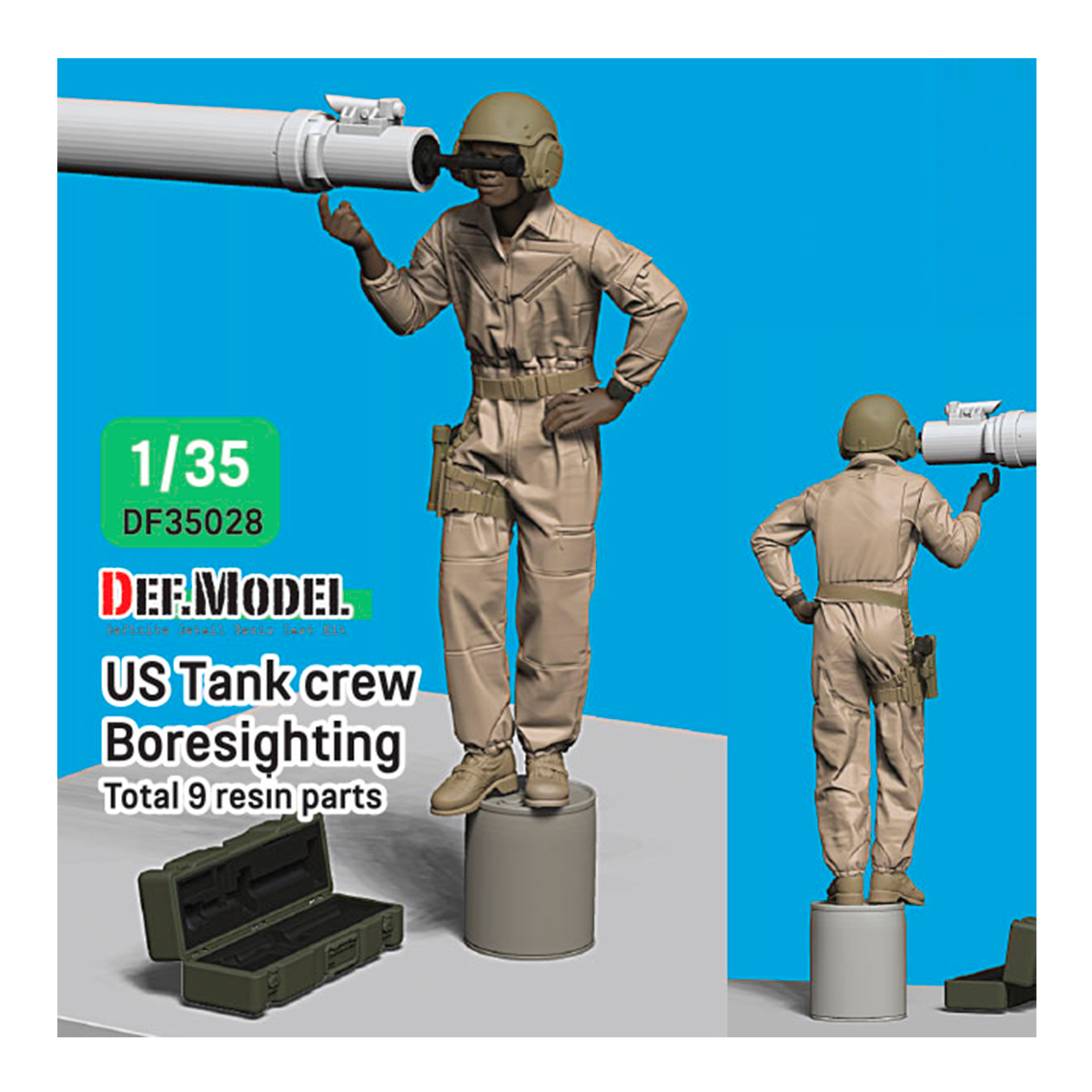
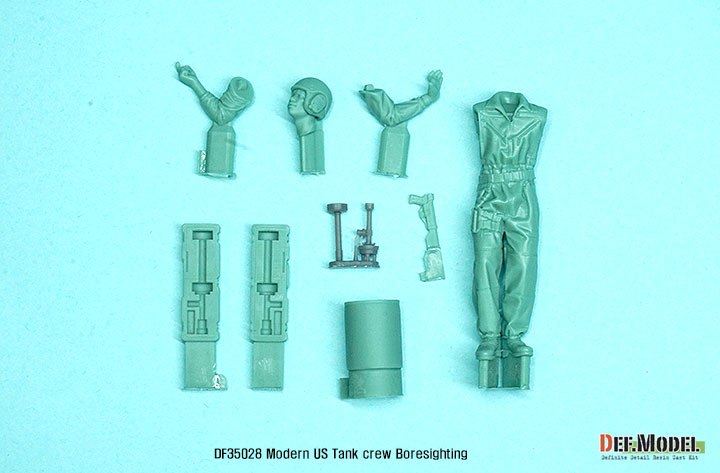

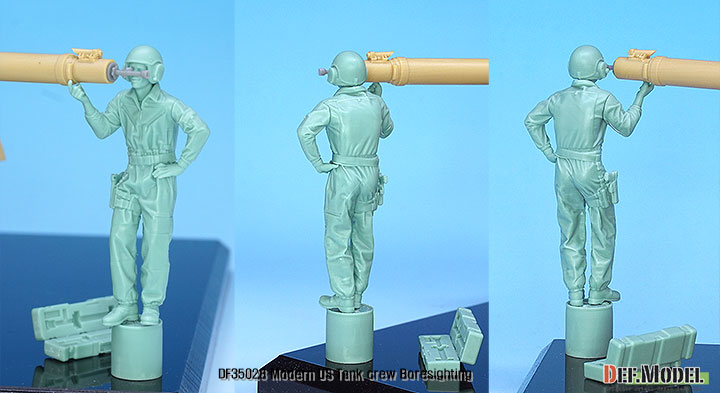
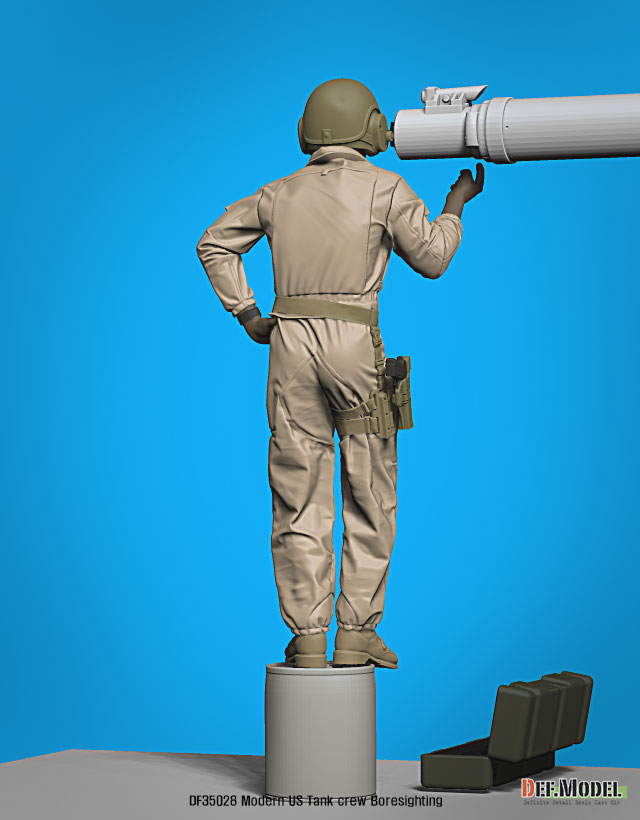
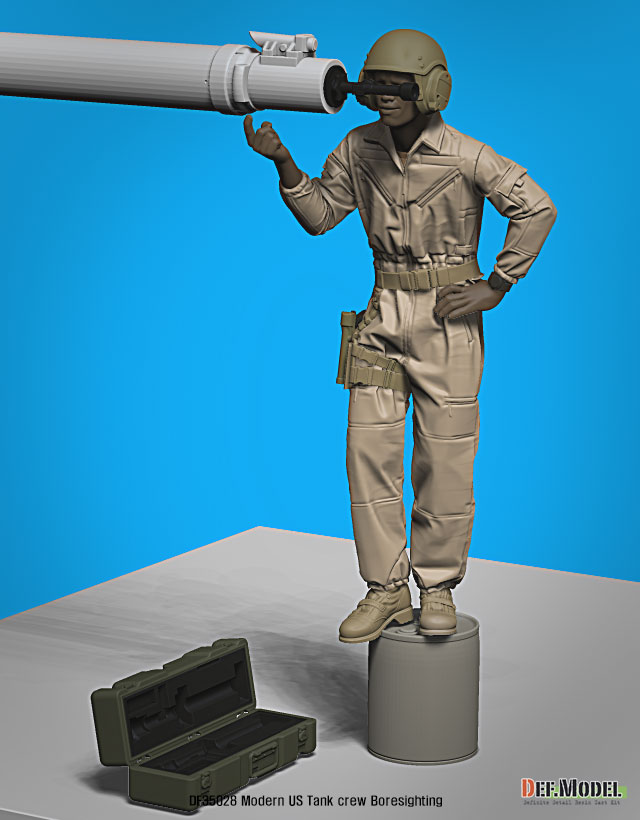
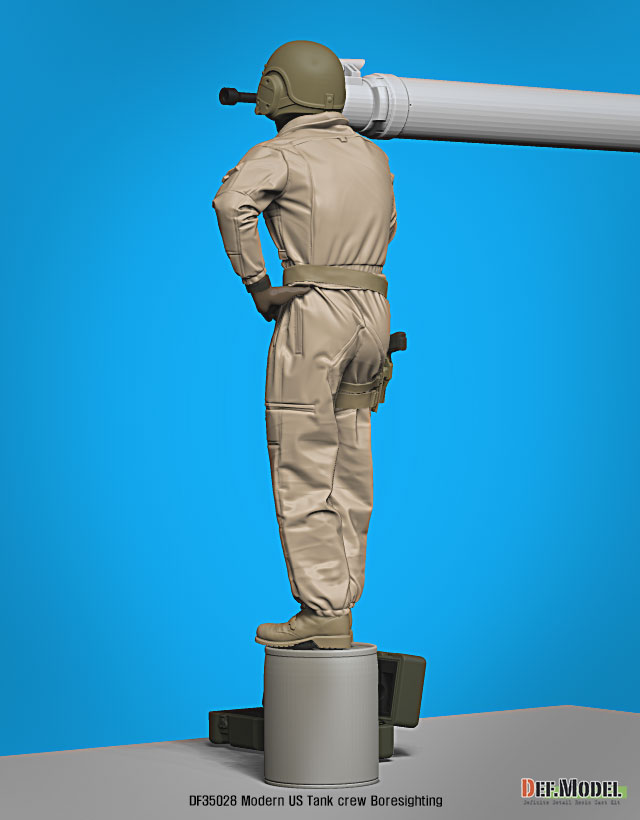

 Request of SDS product data file / Product security
Request of SDS product data file / Product security